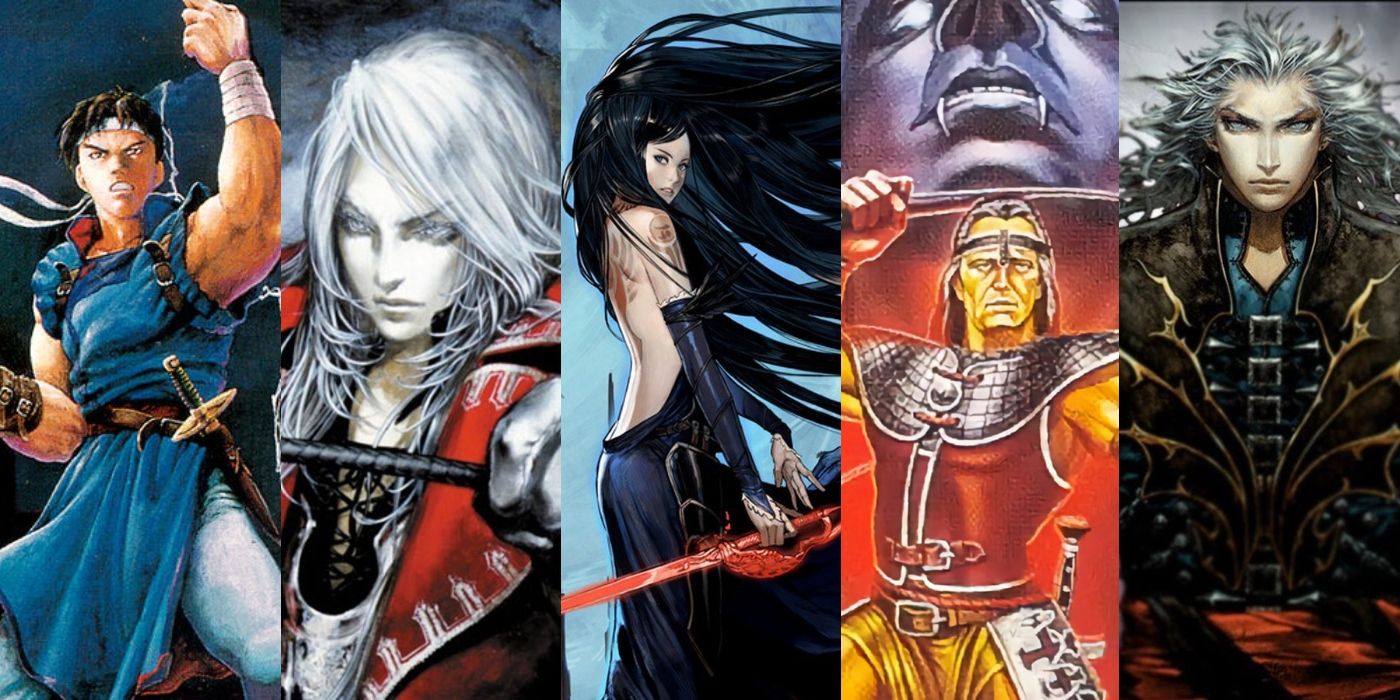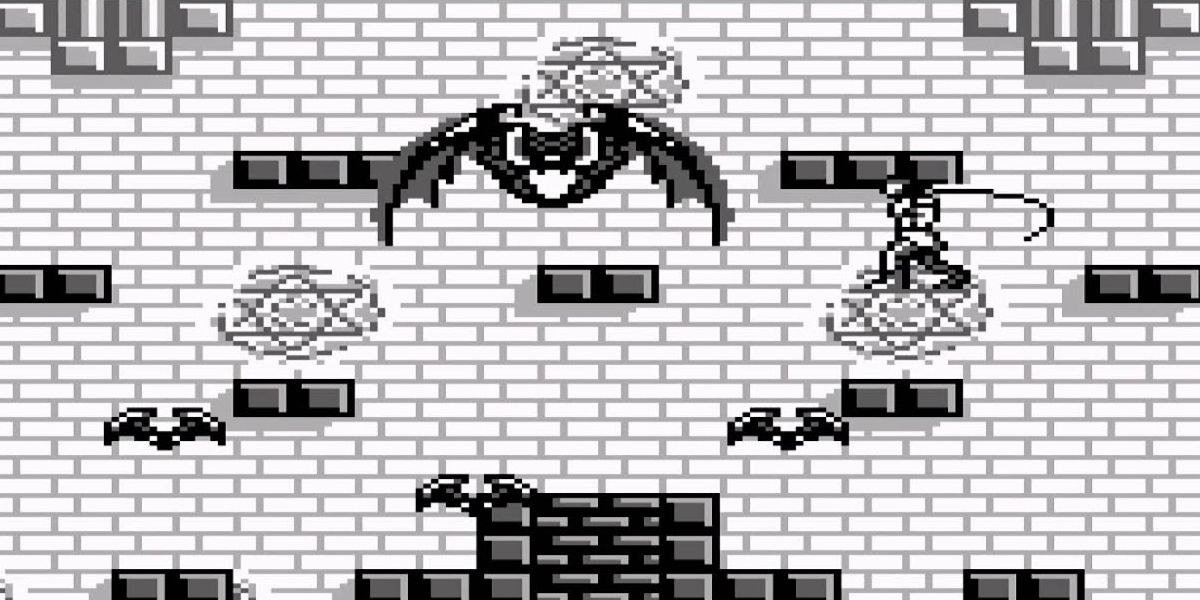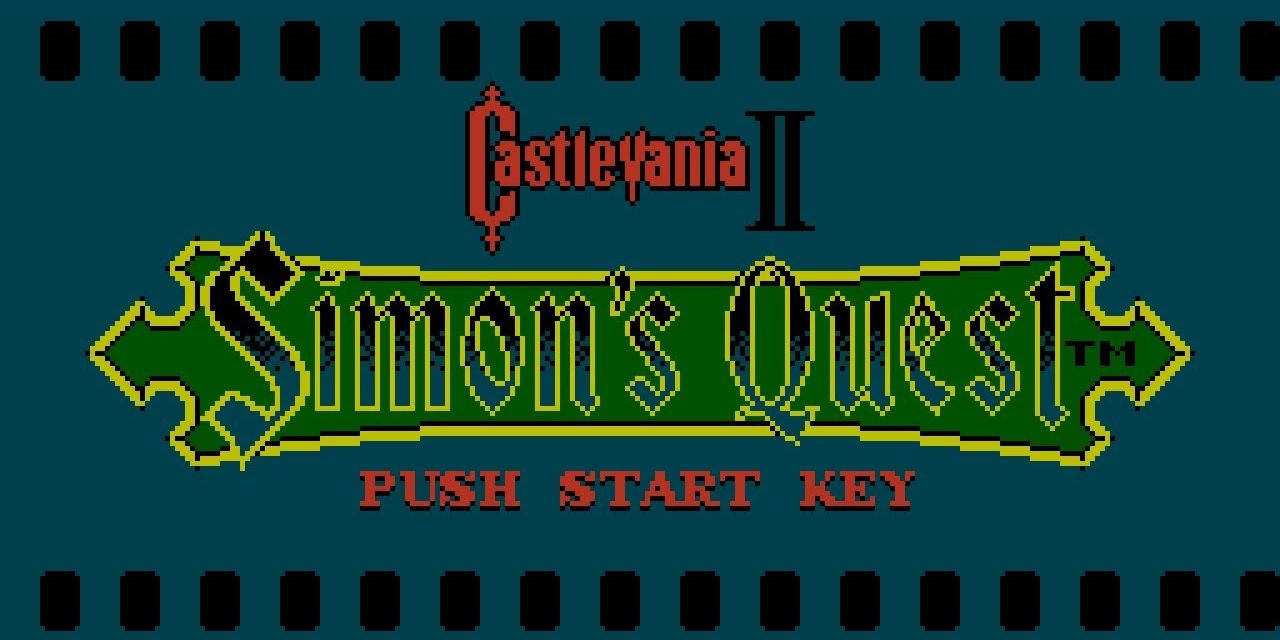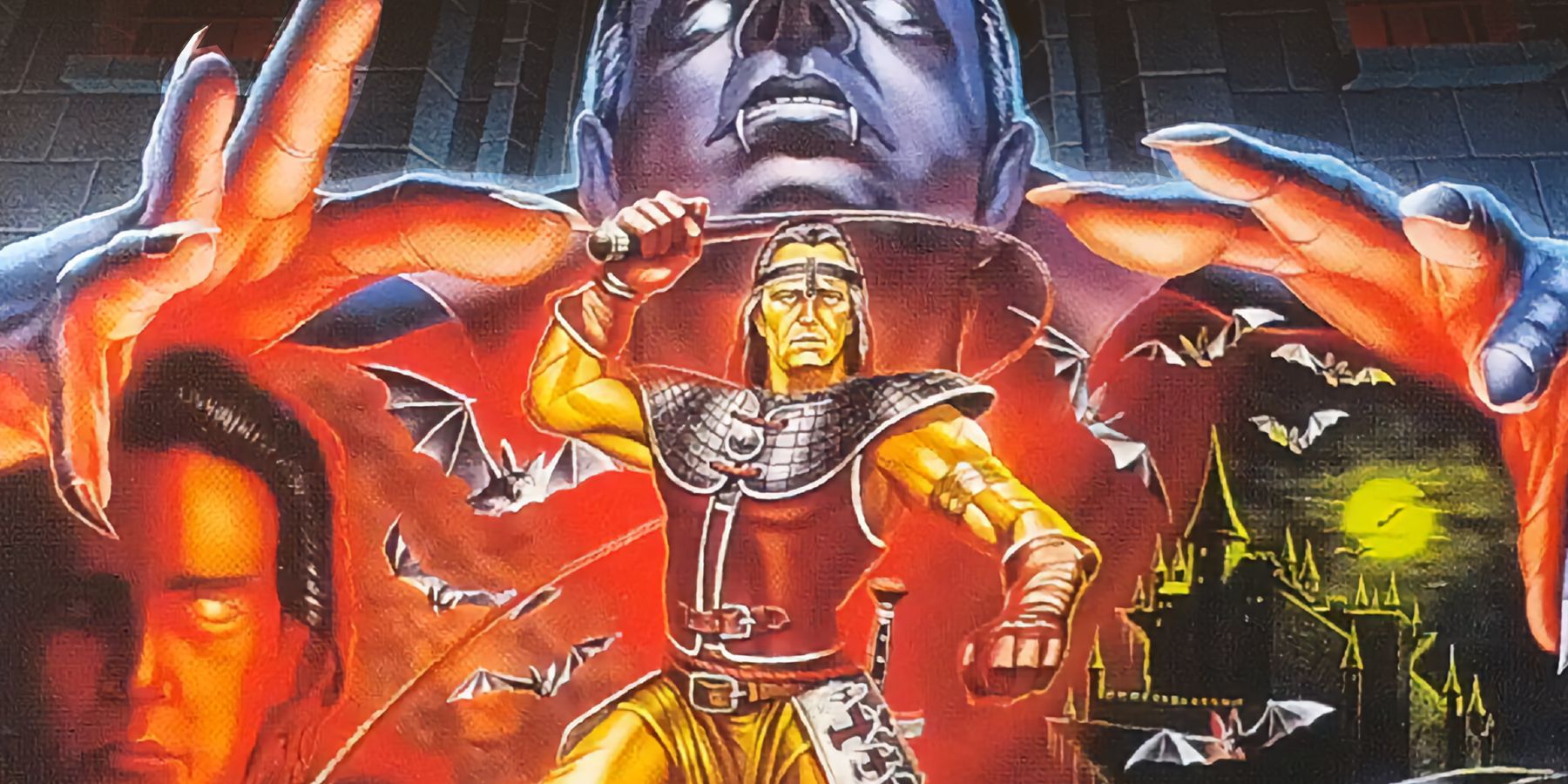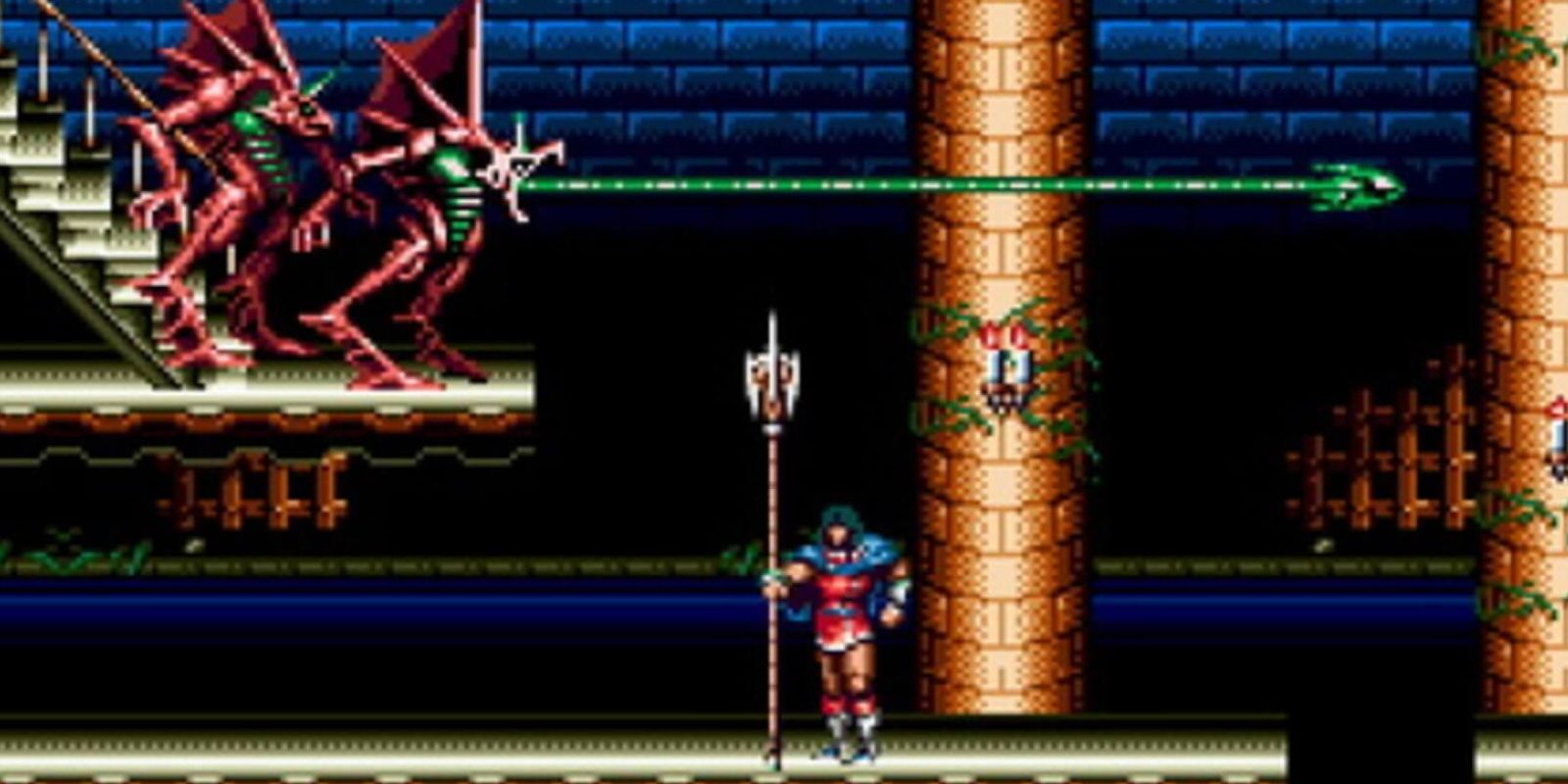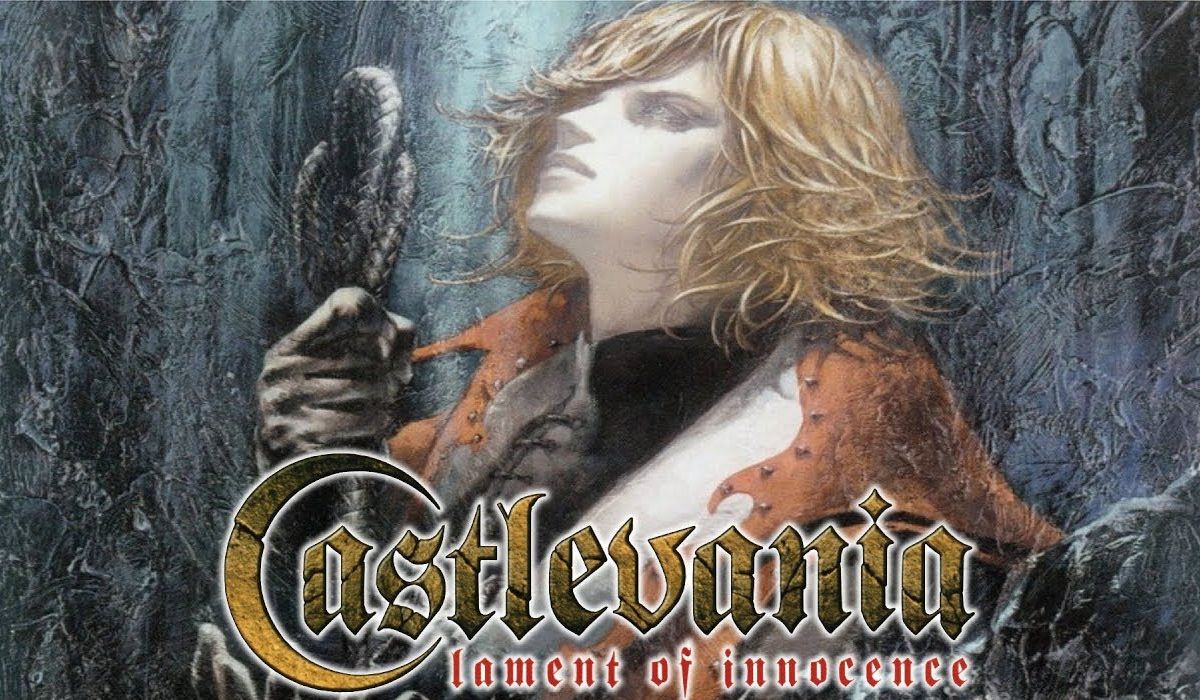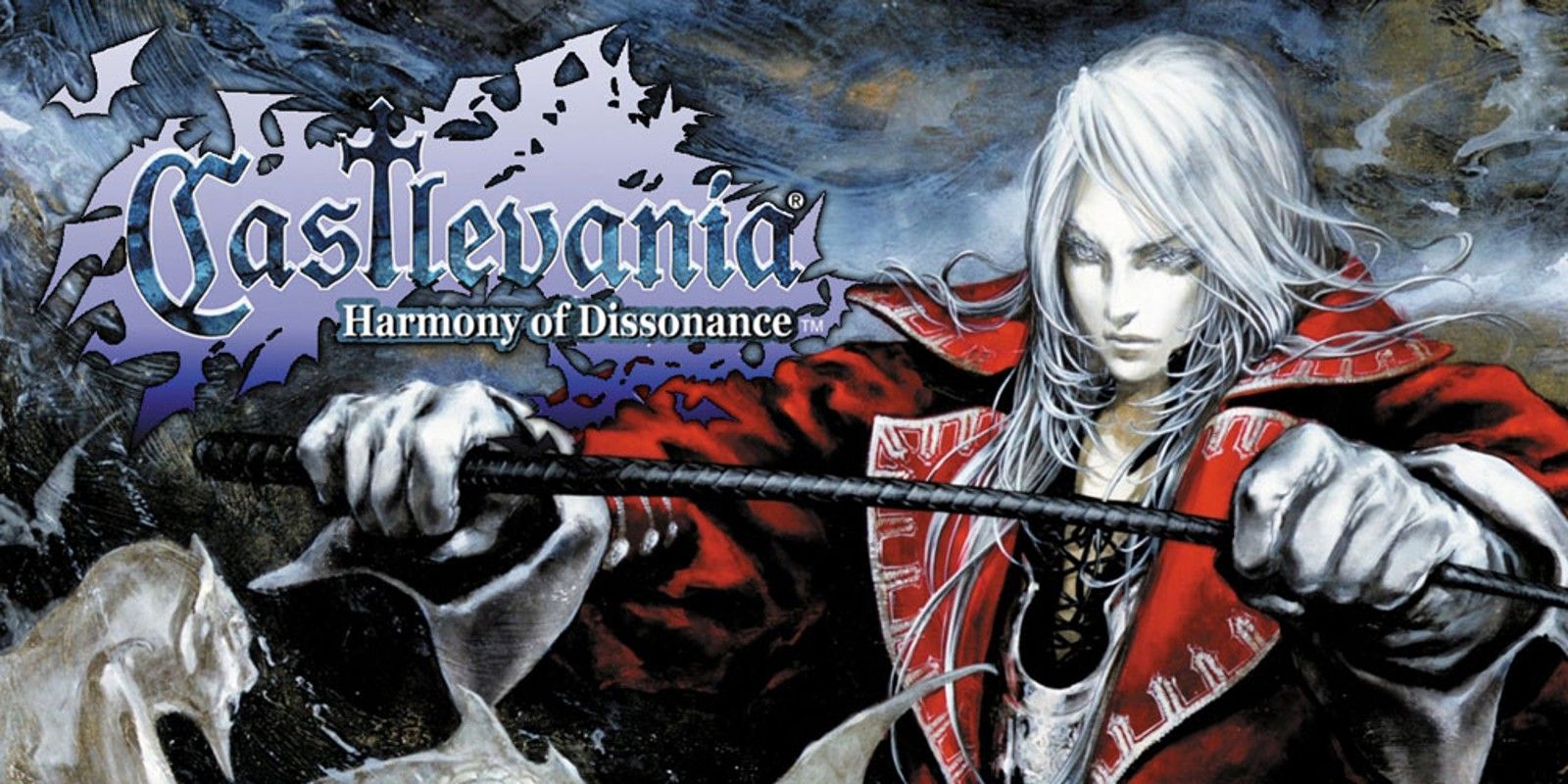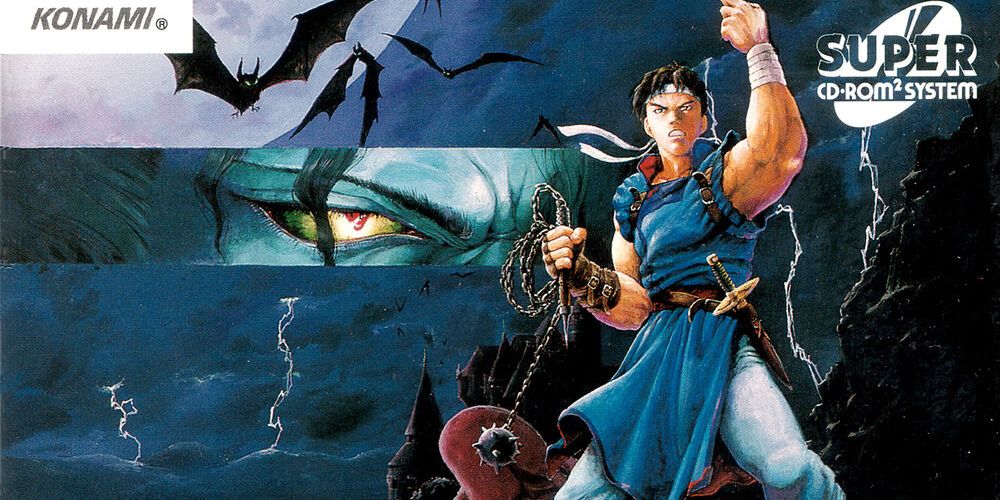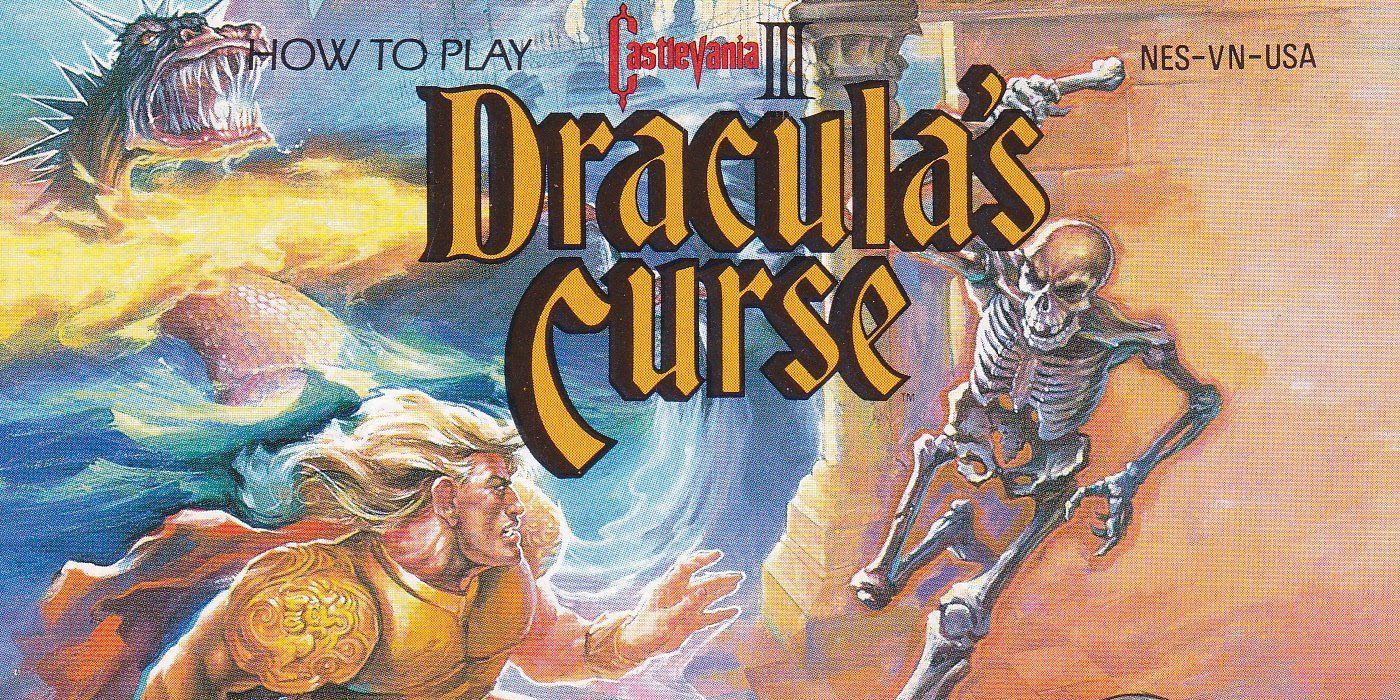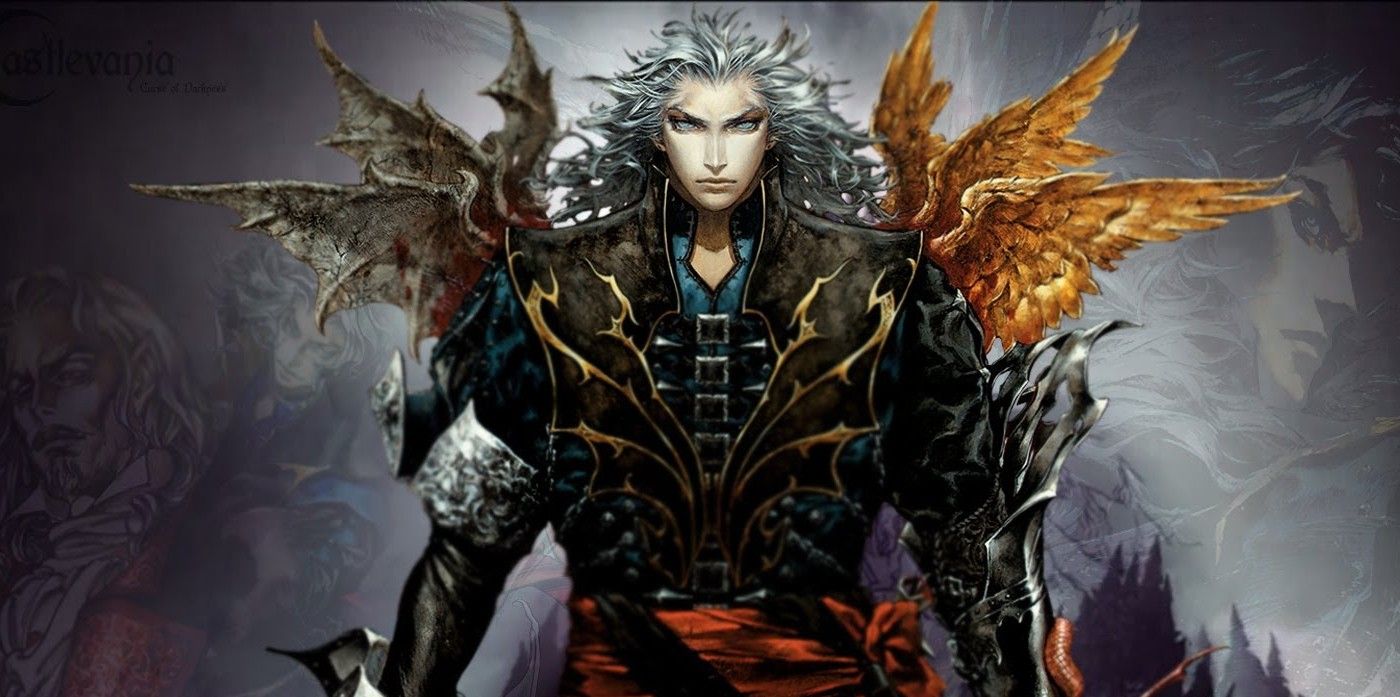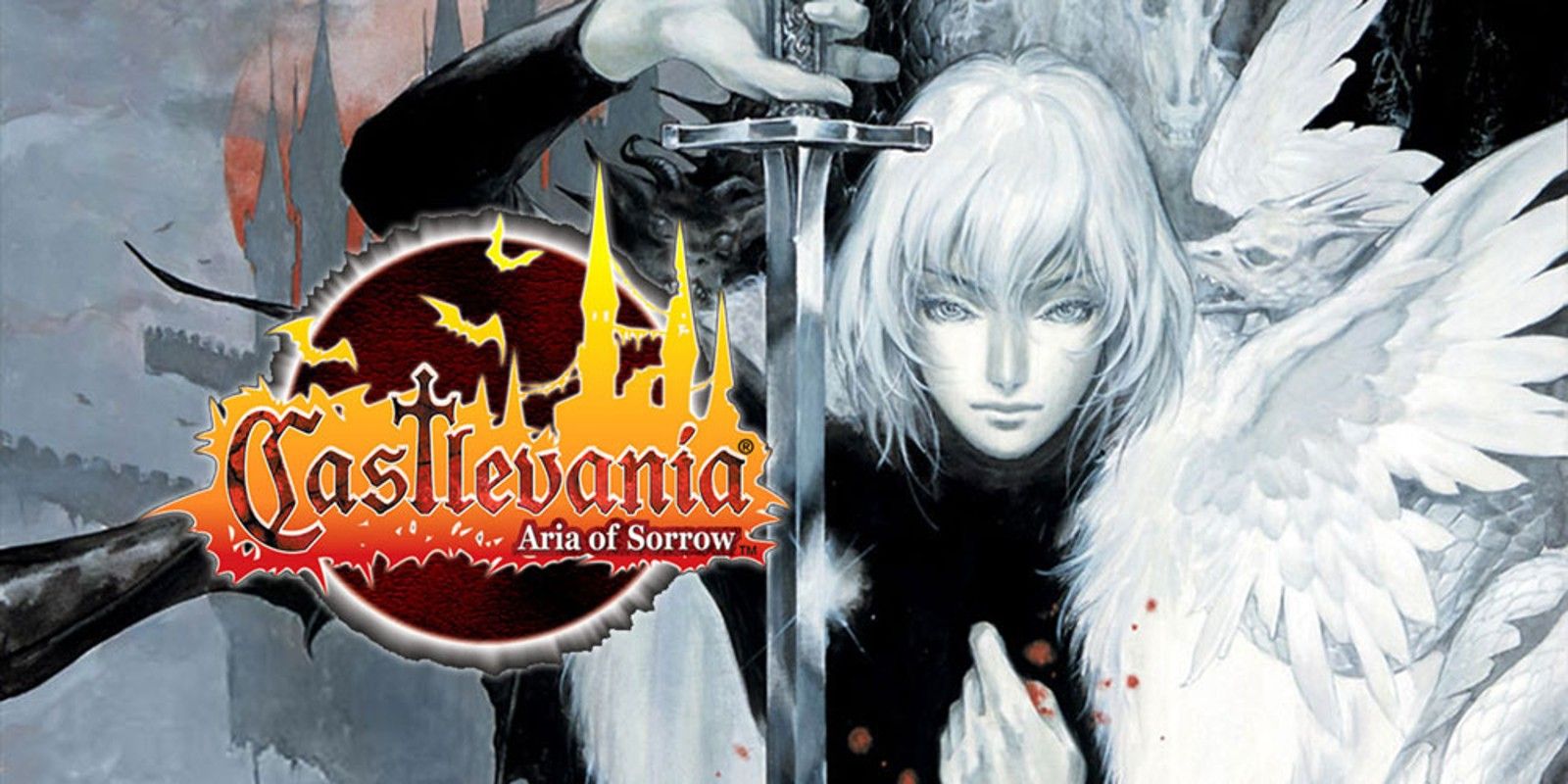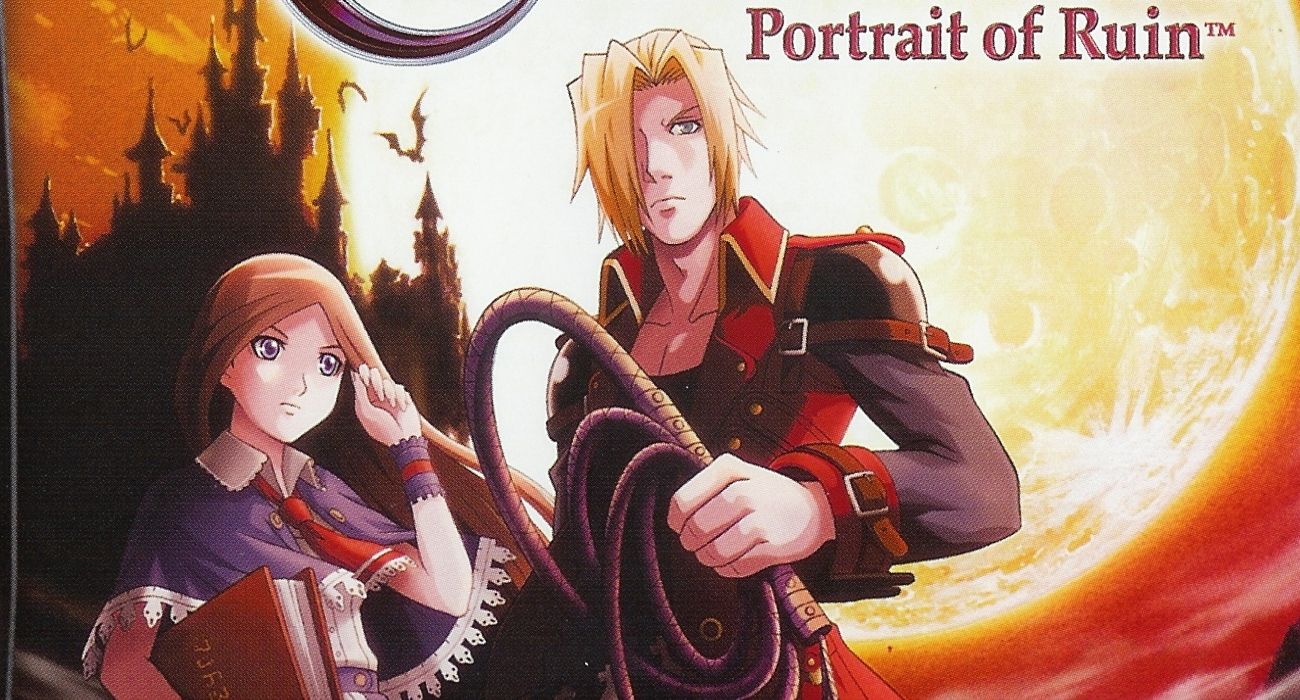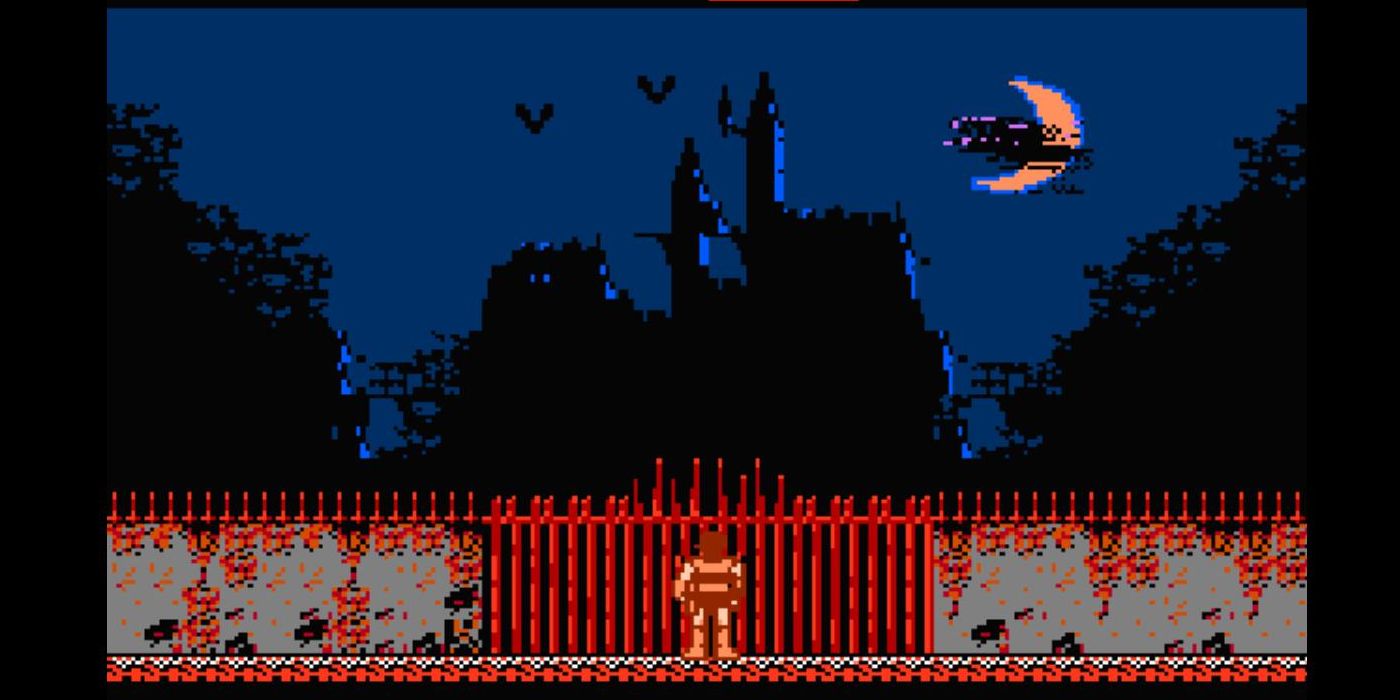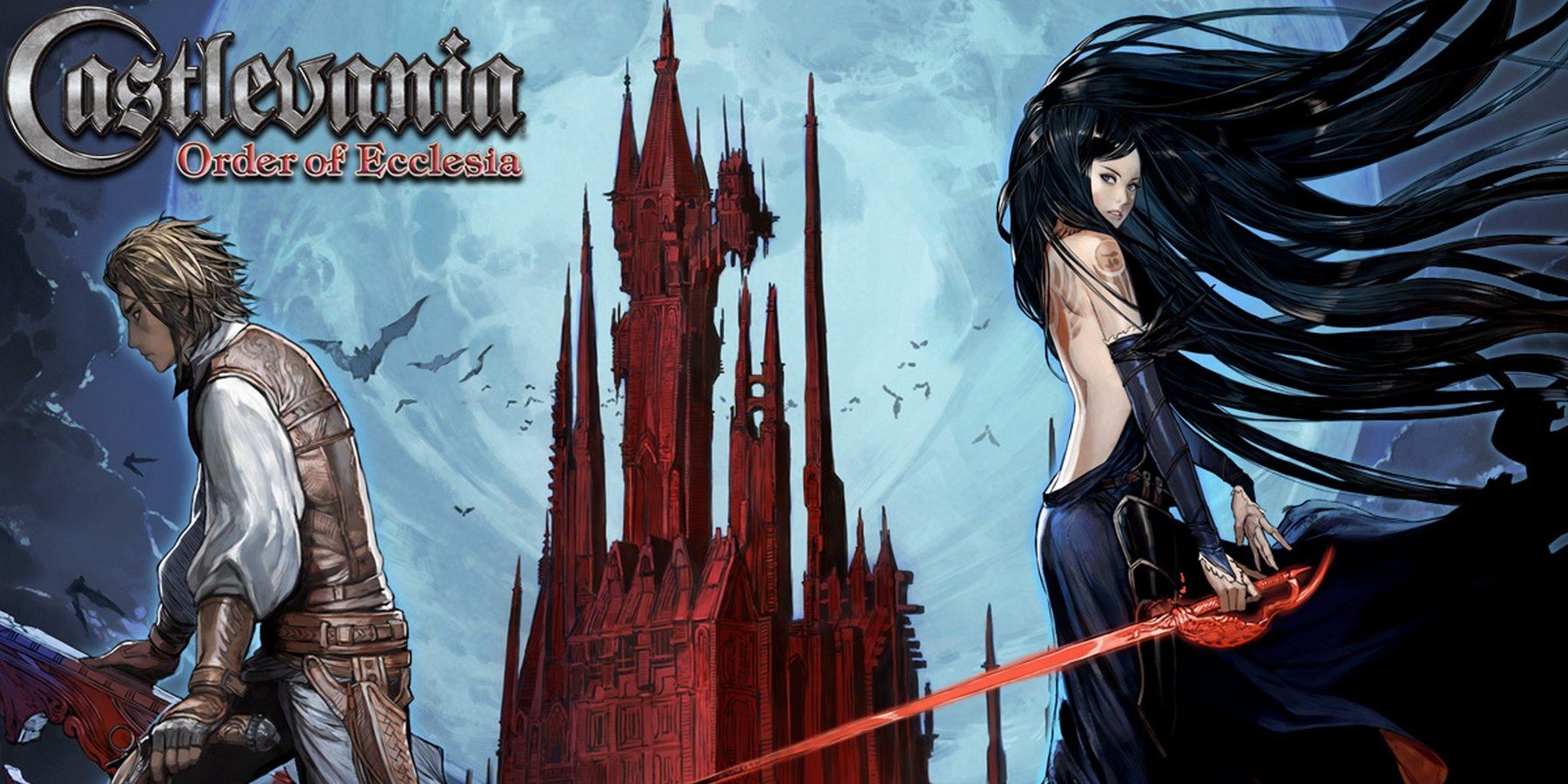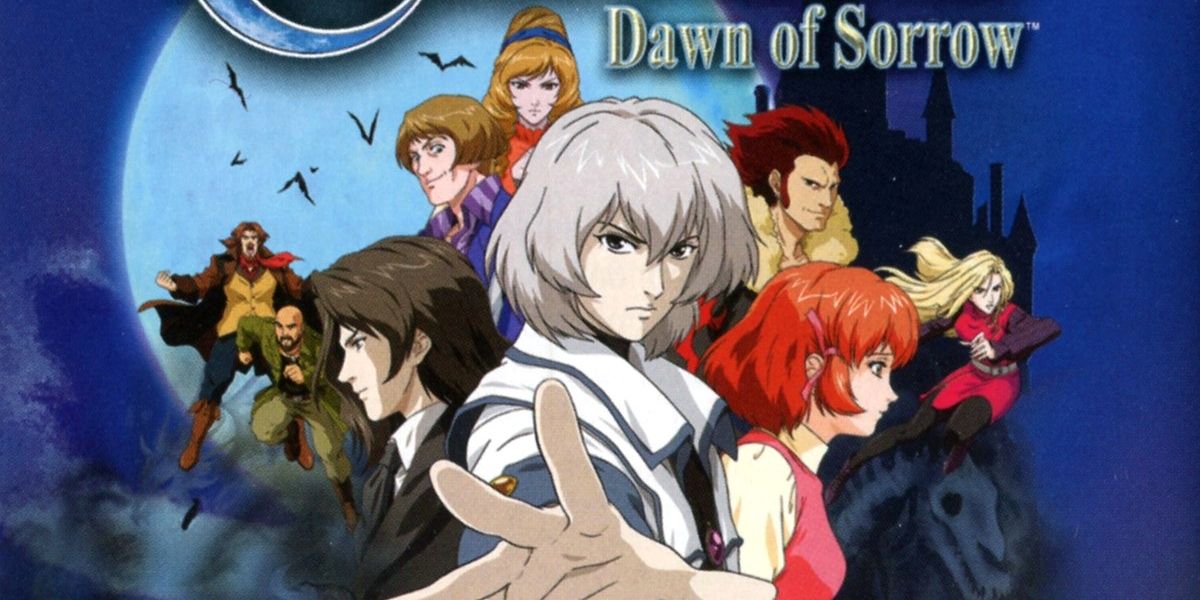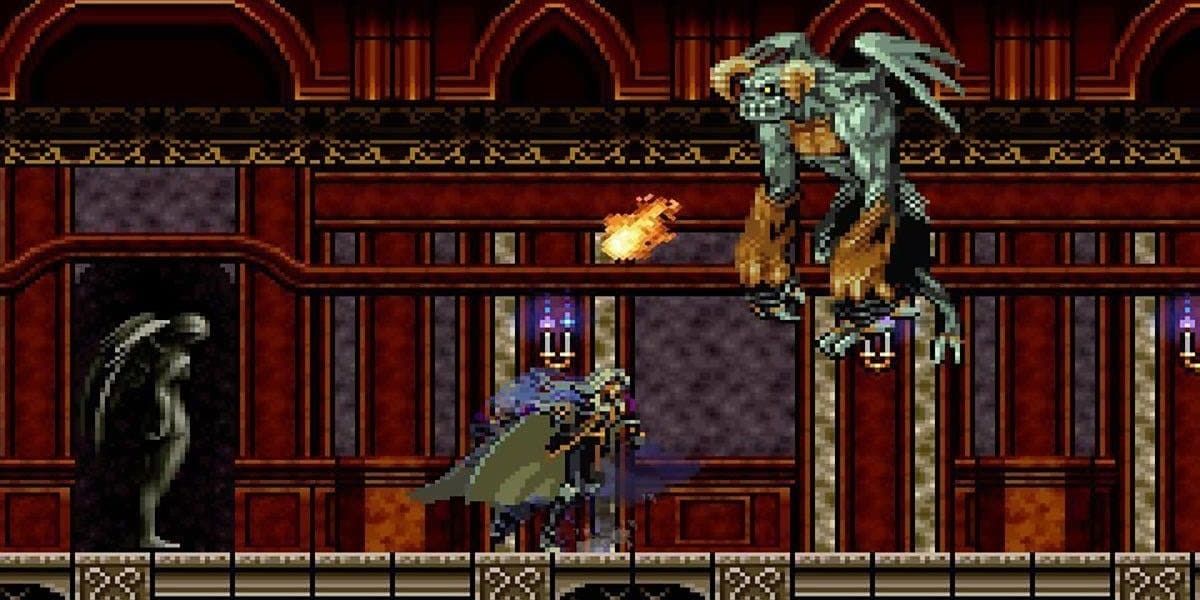Castlevania is a long-running series that has been equally blessed and cursed with good and bad games. With entries across almost every mainstream console, Castlevania has been a staple of the gaming scene for decades, with the Belmont family's constant battle to defeat Count Dracula spawning a staggering 25-plus games. The style of Castlevania games have changed dramatically as well, with entries jumping between classic side-scrolling adventures, the much lauded (and much copied) Metroidvania genre, and 3D action adventures over the years. Not all can be considered classics though, and this list will help sort out what is the very best and very worst of Castlevania.
Unfortunately, there are far too many Castlevania games to rank coherently, therefore the following list will stick to the canon Castlevania games, the ones which come together to form the accepted story of Castlevania. Konami may have left Castlevania in the lurch recently, with the latest game being released back in 2014, but that's no reason not to revisit the venerable series. There is also hope for new pseudo-sequels, as the Castlevania mantle has recently been taken up by the Bloodstained series led by Castlevania series producer Koji Igarashi.
The Castlevania series of games generally follow the same formula. Count Dracula has awoken and seeks to conquer the world, or occasionally just a corner of it, while members of the vampire-hunting Belmont family and their associates, including longtime favorite and prodigal son, Alucard, seek to stop him. There is an overarching narrative connecting the Castlevania games in this list, but they can really be enjoyed without any knowledge of the other titles in the series - which makes for an excellent excuse to avoid some of the worst entries listed below. Besides, the best Castlevania narrative in recent memory remains the third game's Netflix adaptation: Castlevania, which began in 2017.
15. Castlevania: The Adventure (1989)
Castlevania: The Adventure suffers from a number of technology-related issues. Released on the Nintendo Game Boy, Castlevania: The Adventure includes only four stages and has no sub-weapons. Gameplay is painfully slow and relies on difficulty to keep players from finishing too quickly. Even though the music was solid for a Game Boy game, there's really nothing to recommend playing Castlevania: The Adventure besides pure nostalgia.
14. Castlevania II: Simon's Quest (1988)
Castlevania II: Simon's Quest gets a lot of flak, but it is a more solid entry than most realize. Trying to differentiate itself from its predecessor, Castlevania II: Simon's Quest introduced a day-night cycle, towns to shop in, an overworld, and plenty of secrets. The gameplay could have stood to be a little tighter, and the often-confusing puzzles never helped matters, but Castlevania II is worth a play today to see how game development changed rapidly in the 1980s. Though, for all its fascinating developments, Castlevania II: Simon's Quest is quite a drag to actually play. The fact that it spawned a meme about it being a horrible night for a curse, it's easy to see why so many dislike it.
13. Castlevania II: Belmont's Revenge (1991)
Castlevania II: Belmont's Revenge is a much better production than its predecessor. Still utilizing the same Game Boy hardware, Castlevania II: Belmont's Revenge includes a Megaman-like level select with fairly interesting element themed environments.
Castlevania II: Belmont's Revenge also managed to include the much-missed sub-weapons like the holy water and axe. Though the game is still painfully slow and short, it was clear that the developers were coming to terms with what it meant to make a good Castlevania game.
12. Castlevania: Bloodlines (1994)
Castlevania: Bloodlines has the inauspicious claim to fame of being the only Sega Genesis Castlevania game and also one of the more convoluted entries in the series. Not only was the game's story more tied to the Bram Stoker novel than to the other games in the series, it also had a series of different names depending on where it was released, ranging from Vampire Killer to Castlevania Gaiden. The gameplay follows the familiar notes of most of the classic Castlevanias and even includes some interesting uses of Genesis hardware, but the overall experience is forgettable.
11. Castlevania: Lament of Innocence (2003)
A fascinating entry into the Castlevania series for lovers of story, Castlevania: Lament of Innocence was chronologically the first game in the series. Gameplay was different from the traditional Metroidvania style as well, with exploration and combat occurring within a 3D space. An interesting addition, the basic combat and lack of replay value made Castlevania: Lament of Innocence very few players' favorite, but it still managed to deliver excellent music and and fascinating story. It turns out there's a lot most players didn't know about Castlevania's story.
10. Castlevania: Harmony of Dissonance (2002)
While a competent follow-up to Castlevania: Symphony of the Night and holder of "funniest name" Castlevania: Harmony of Dissonance missed the mark in a few key areas. Gameplay again revolves around the Metroidvania style of exploration, item acquisition, and progress that marked the best of the genre, but Castlevania: Harmony of Dissonance fails to elevate the formula. It's a good entry in the series, but does nothing special. The worst offence in Castlevania: Harmony of Dissonance is the music, which fails to live up to the Castlevania standard.
9. Castlevania: Rondo of Blood(1993)
Castlevania: Rondo of Blood was one of the most important entries for solidifying what future Castlevania games would look like. The first game on a CD, Castlevania: Rondo of Blood introduced much improved audio and hand-drawn cutscenes.
Many of the sprites used in Castlevania: Rondo of Blood would be reused in future games, setting the stage for the future Castlevania entries. This entry has had a particularly rocky relationship with releases. It was remade as Castlevania: Dracula X with many of its defining features stripped out. This is by far the superior of the two.
8. Castlevania III: Dracula's Curse (1990)
Castlevania III: Dracula's Curse introduced multiple characters including series favorite Alucard, son of Dracula. It also avoided Castlevania II: Simon's Quest and returned to the original's more classic side-scrolling adventure gameplay. Instead, Castlevania III: Dracula's Curse innovated by allowing players to swap between unlocked characters as they played. The narrative was also solid enough to become the foundations of the Netflix Castlevania series and introduced some of Castlevania's best-loved characters.
7. Castlevania: Curse of Darkness (2005)
Castlevania: Curse of Darkness improved upon the systems put in place by Castlevania: Lament of Innocence in almost every way. Playing as Hector, the Devil Forgemaster (and prominent character in the Netflix series) players had to navigate throughout the forests and villages of Eastern Europe battling another Forgemaster, Issac. With a better feel to combat and an interesting system in which the player forges "Innocent Devils" to assist in battles and puzzle solving, Castlevania: Curse of Darkness is an enjoyable entry.
6. Castlevania: Aria of Sorrow (2003)
Castlevania: Aria of Sorrow followed in the successful footsteps of Castlevania: Symphony of the Night. The Metroidvania style had replaced the classic side-scrolling adventure and done reasonably well on Nintendo handhelds. Castlevania: Aria of Sorrow, however, quickly became regarded as one of the best of these handheld titles.
With tight gameplay, an interesting soul collection system, and a story with fascinating twists and turns, Castlevania: Aria of Sorrow rekindled some of the lost love that the previous handheld entries had engendered. It also has one of Castlevania's most powerful enemies.
5. Castlevania: Portrait of Ruin (2006)
Castlevania: Portrait of Ruin is another solid entry in the franchise. Taking place after Castlevania: Bloodlines, this entry sees players controlling two characters at once. Each playable character handles differently but mastering both of their abilities was crucial to progression. The varied worlds, aided by the Portraits of Ruin themselves, added to solid gameplay and the series usual good music. Portrait of Ruin may not be many player's favorite entry, but it is definitely quality and worthy of a playthrough for any fan.
4. Castlevania (1986)
The original Castlevania still holds up exceptionally well today. Launching Simon Belmont's quest to rid the world of the terror of Dracula, Castlevania offers solid platforming, interesting weapons, and challenging enemies. The movement may feel a little clunky to modern players, but the weight behind Simon's actions was a stark contrast to Super Mario Bros. floaty jumps and really forced players to strategize about their movements. This is also where a lot of the iconic music of the series was born, and no one can ignore Vampire Killer when it comes blasting out in all its glory. Castlevania has gone on to influence countless games, and even make substantial cameos in modern classics, like including Simon and Dracula in Super Smash Bros. Ultimate.
3. Castlevania: Order of Ecclesia (2008)
Castlevania: Order of Ecclesia is a Metroidvania title that strays into the realm of proper RPG. There's a lot to like with this fresh take on the Castlevania formula, with innovations like the Glyph System, which allows the player to alter their abilities in addition to armor and weapons, keeping things interesting. Castlevania: Order of Ecclesia managed to tighten up what makes Castlevania games great and do it in a beautiful package with excellent music. It's a must-play.
2. Castlevania: Dawn of Sorrow (2005)
Castlevania: Dawn of Sorrow is a classic. Taking the gameplay began in Castlevania: Symphony of the Night and refined on the Game Boy Advance, Castlevania: Dawn of Sorrow takes pretty much everything that players love about modern Castlevania games and makes it about as perfect as can be. There's interesting enemies, a magic system, some RPG progression, a fascinating story, and some amazing tunes. This is a must-play for fans of Castlevania and for fans of Metroidvanias in general.
1. Castlevania: Symphony of the Night (1997)
Castlevania: Symphony of the Night is consistently rated one of the best Castlevanias, and for good reason. Castlevania: Symphony of the Night introduced the world to the 'vania' in Metroidvania. Taking control of Alucard, Dracula's son, players entered a massive open castle, exploring and battling monsters and puzzles as they went. To advance deeper into the castle, players had to track down certain magic items that granted new movement options and therefore opened new areas. A masterpiece of sound, graphics, and gameplay, it is easy to see why so many consider Castlevania: Symphony of the Night to be a classic as well as the best Castlevania.
The Castlevania series may have a long history, but there are a surprising number of classics hidden within its number. From the worst entry being a terrible Game Boy game with barely any substance, to the very best being a PlayStation classic that has influenced the gaming industry for decades, there's certainly a lot of range in Castlevania. Thankfully, with this list, it is possible to separate the wheat from the chaff, or the medusa heads from the zombie dragons.

